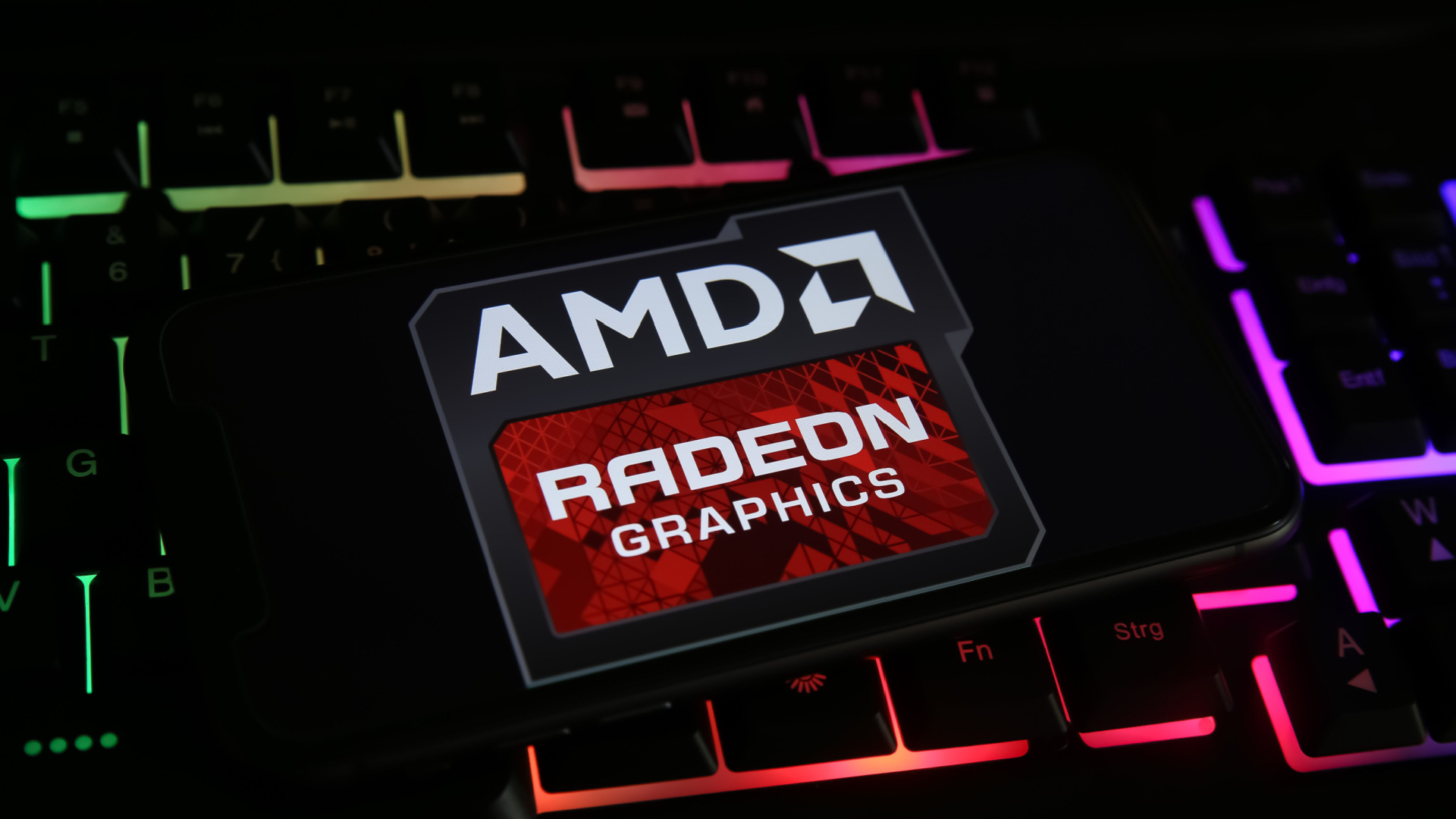
AMD’s new graphics cards are coming in hot, but the latest leak is sure to be a mixed bag for PC gamers – heavily depending on how much money you like to pour into your custom PC builds.
With Nvidia still dominating the high-end of the battle for the best graphics cards, AMD senior vice president Jack Huynh recently revealed in an interview with Tom’s Hardware that Team Red actually plans to dial back its aspirations for flagship gaming GPUs, saying that “my number one priority right now is to build scale” – meaning that the focus will be more on the mid-range and affordable market space when it comes to gaming graphics cards.
Hot on the heels of Huynh’s statements, new leaks from Chinese tech site Benchlife have indicated that we’re going to see at least four new GPUs packing AMD’s new RDNA 4 graphics architecture, split into two ‘Navi 44’ and two ‘Navi 48’ cards.
For the uninitiated, ‘Navi’ is the codename for subdivisions of AMD’s GPU microarchitecture; for example, last year’s Radeon RX 7600 XT was built on the Navi 33 architecture. These new Navi 44 and 48 cards will likely be sold under the Radeon RX 8000 family branding, marking AMD’s first step into an entirely new generation of desktop GPUs.
Although actual information about these four cards is fairly light right now, we do know that they will all feature GDDR6 VRAM, and based on Huynh’s new objectives for AMD’s graphics department, it would be reasonable to assume that none of them will be going directly up against the rumored RTX 5090 from Nvidia. If I had to guess, I might say that it’s likely we’re going to get an RX 8700 XT and XTX along with a more affordable RX 8600 XT and XTX, as some previous leaks have alluded to.
Opinion: AMD refocusing is a smart move right now
While some fans of Team Red will no doubt bemoan the lack of a flagship GPU in the upcoming RDNA 4 generation (which would probably be the Radeon RX 8900 XTX), it’s fair to say that this could be a savvy move on AMD’s part. Nvidia has absolutely dominated the high-end space with its current RTX 4090 – to the point where it actually canceled a possible RTX 4090 Ti because, let’s be honest, it would’ve been overkill.
Huynh rightly analyses that AMD needs to build its market share in the PC graphics space, and the right way to do that is to hit the midrange and budget arenas hard. Nvidia isn’t lacking in that area – the RTX 4060 is a fantastic GPU – but it’s a fight that AMD is far more likely to win than going head-to-head with Team Green at the top end of the slate.
AMD already has certain areas of the graphics market effectively locked down: the burgeoning popularity of gaming handhelds has no doubt been a boon for the company, since it makes the processors used in handheld PCs like the excellent Asus ROG Ally X, Lenovo Legion Go, and of course Vavle’s Steam Deck. AMD also works with Sony and Microsoft to produce custom chips for the current generation of home consoles.
But when it comes to desktop and laptop GPUs, Team Red has been playing second fiddle to Nvidia for too long. With its rival going all in on AI right now, AMD needs to situate itself as the real choice for PC gamers everywhere – and I’m hopeful that this new strategy will prove successful.




















+ There are no comments
Add yours